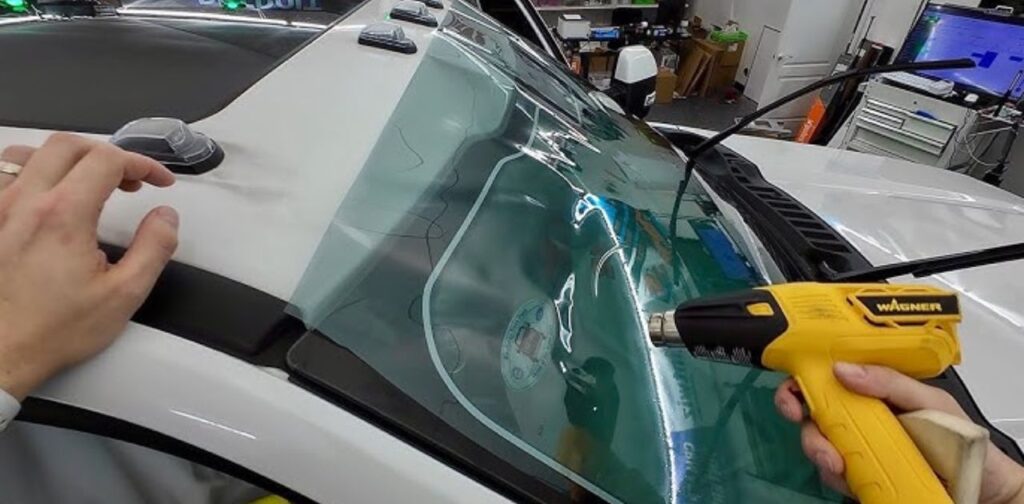Welcome to our comprehensive guide on 70 windshield tint! In this article, we’ll delve deep into the world of windshield tinting, focusing specifically on 70 tint and its applications, benefits, legal considerations, and much more. Whether you’re a car enthusiast, a curious driver, or someone considering tinting your vehicle’s windshield, this guide is for you.
What is 70 Windshield Tint?
70 windshield tint refers to a specific level of tint darkness applied to car windshields. The number “70” indicates the percentage of light transmission the tint allows. In simpler terms, a 70% tint allows 70% of visible light to pass through while blocking 30%. It’s important to understand that windshield tinting laws vary by state in the United States, so always check local regulations before tinting your windshield.
Benefits of 70 Windshield Tint
- Glare Reduction: One of the primary benefits of 70 windshield tint is its ability to reduce glare from sunlight, headlights, and reflective surfaces, improving visibility and safety while driving.
- UV Protection: 70% tint provides significant protection against harmful ultraviolet (UV) rays, safeguarding both passengers and the vehicle’s interior from sun damage.
- Heat Reduction: Although 70 tint is relatively light, it still offers some degree of heat reduction by blocking a portion of solar energy, keeping the car’s interior cooler on hot days.
- Enhanced Privacy: While not as dark as lower tint percentages, 70% tint still provides a level of privacy by reducing the visibility into the vehicle’s interior.
Legal Considerations
Before tinting your windshield with a 70% tint, it’s crucial to understand the legal restrictions in your state. While some states allow windshield tinting to a certain degree, others have strict regulations regarding tint darkness and reflection. Always research and comply with local laws to avoid fines or legal issues.
Application and Installation

70 windshield tint can be professionally applied by trained technicians using high-quality tinting film. The installation process involves thorough cleaning of the windshield, precise cutting of the tint film, and meticulous application to ensure a seamless finish without air bubbles or imperfections.
Maintenance Tips
To maintain the longevity and effectiveness of your 70 windshield tint, consider the following tips:
- Regular Cleaning: Clean the tinted windshield using a mild, ammonia-free glass cleaner and a soft microfiber cloth to avoid scratching the tint film.
- Avoid Abrasive Materials: Refrain from using abrasive materials or harsh chemicals that could damage the tint film or adhesive.
- Gentle Care: Treat the tinted windshield with care, avoiding sharp objects or rough handling that could cause tears or peeling of the tint film.
Conclusion
In conclusion, 70 windshield tint offers a balance of visibility, protection, and aesthetics for vehicle owners seeking to enhance their driving experience. From glare reduction to UV protection, the benefits of 70% tint make it a popular choice among drivers across the United States. However, it’s essential to adhere to local regulations and maintain the tint properly to ensure optimal performance and compliance with the law.
Remember, before tinting your windshield, consult with professionals and familiarize yourself with state laws to make informed decisions about tint darkness and installation. With the right approach, 70 windshield tint can transform your driving experience while prioritizing safety, comfort, and style.
Read More : Is 35% The Darkest Window Tint Allowed On Cars?